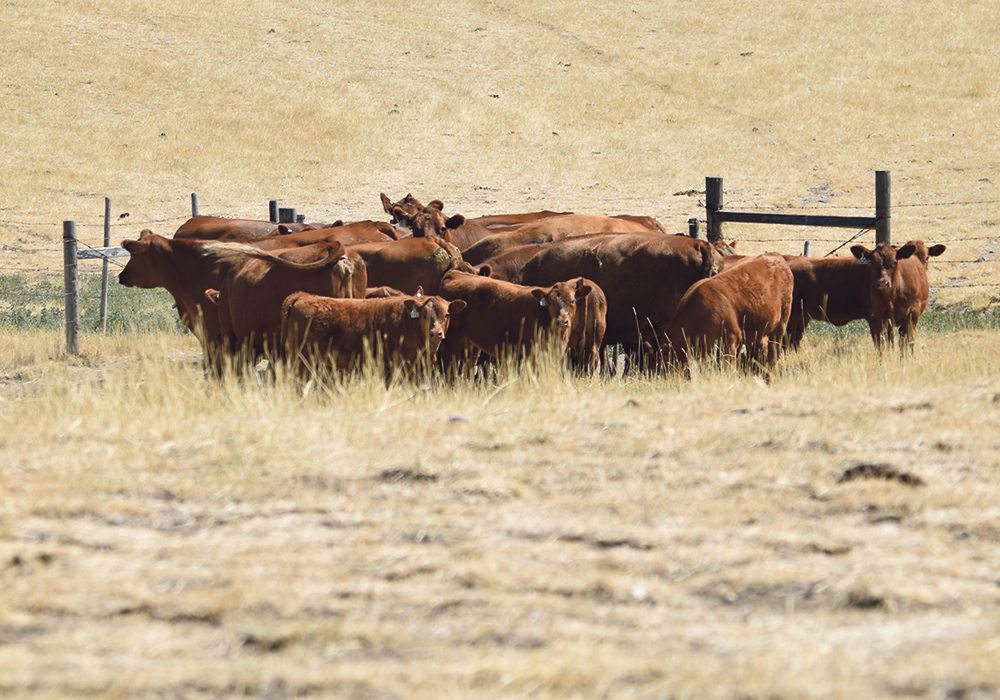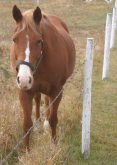SASKATOON — Canadian beef herds are going to have to get a whole lot larger if overall cattle numbers are to hold steady, the Saskatchewan Beef Industry Conference heard.
Dr. Murray Jelinski from the Western College of Veterinary Medicine said census data shows that producers are getting older and herds are getting larger, particularly in Western Canada.
Yet beef cow numbers remain relatively flat.
He said in 1996 there were two producers older than 60 for every one younger than 30. The 2016 data show there are now seven older than 60 for each under 30.
Read Also

Beef check-off collection system aligns across the country
A single and aligned check-off collection system based on where producers live makes the system equal said Chad Ross, Saskatchewan Cattle Association chair.
The older producers are responsible for both the largest and the smallest herds, the data show.
“If we’re going to maintain our herds across Canada, herd size is going to have to dramatically increase. I think there’s no way to look at this other than to recognize most of our producers are older.”
He said as older producers leave the industry, the ones left operating will have to have more animals to compensate.
Overall, the number of producers in Western Canada dropped from 92,520 in 1996 to 53,505 in 2016. Average herd sizes number about 90 in the West and just 30 in the East.
Jelinski’s interest in beef farm demographics stemmed from widespread concern about fewer large animal veterinarians.
He said there has been angst for the last 20 years about a shortage, but that hasn’t actually materialized because producers changed their management systems.
Breeding programs changed, herd size increased and Jelinski said data show that the larger the herd the less veterinary service is required.
“You’re not going to the average mixed animal practice anymore because when you’ve got 2,000 to 3,000 head out on pasture … you’re not going to the person that is doing bovine practice 10 percent of the year. You’re seeking out people that are doing nothing but bovine practice,” he said.
Jelinski added that if the trend continues, about 12 percent of producers will leave the industry by the 2021 census. Logically, larger herds will follow.
“Is this an opportunity or a threat?” he said.
It could mean a chance for younger producers to enter the cattle business, he said. There is a diminishing pool of people who want to buy beef farms.
“You can either take the attitude of, ‘I don’t want my sons or daughters to do this,’ or, ‘this is a great life,’ ” he said.


















